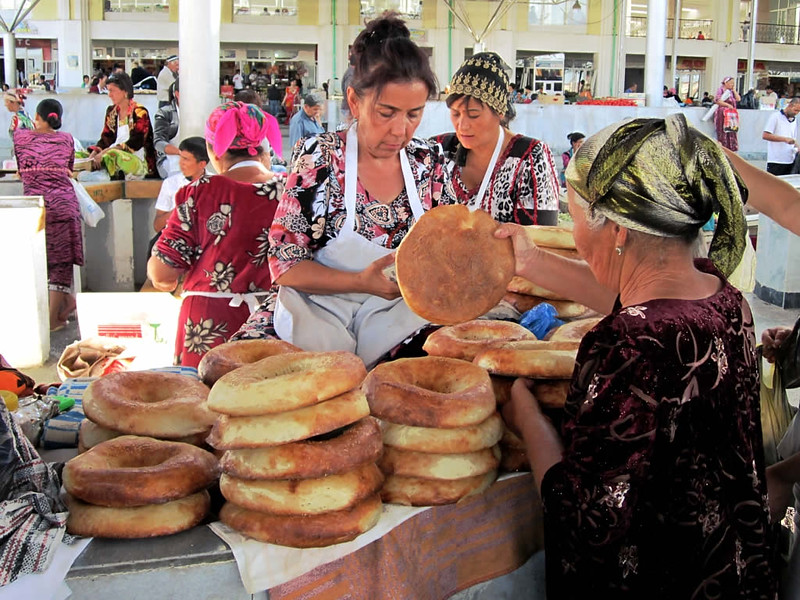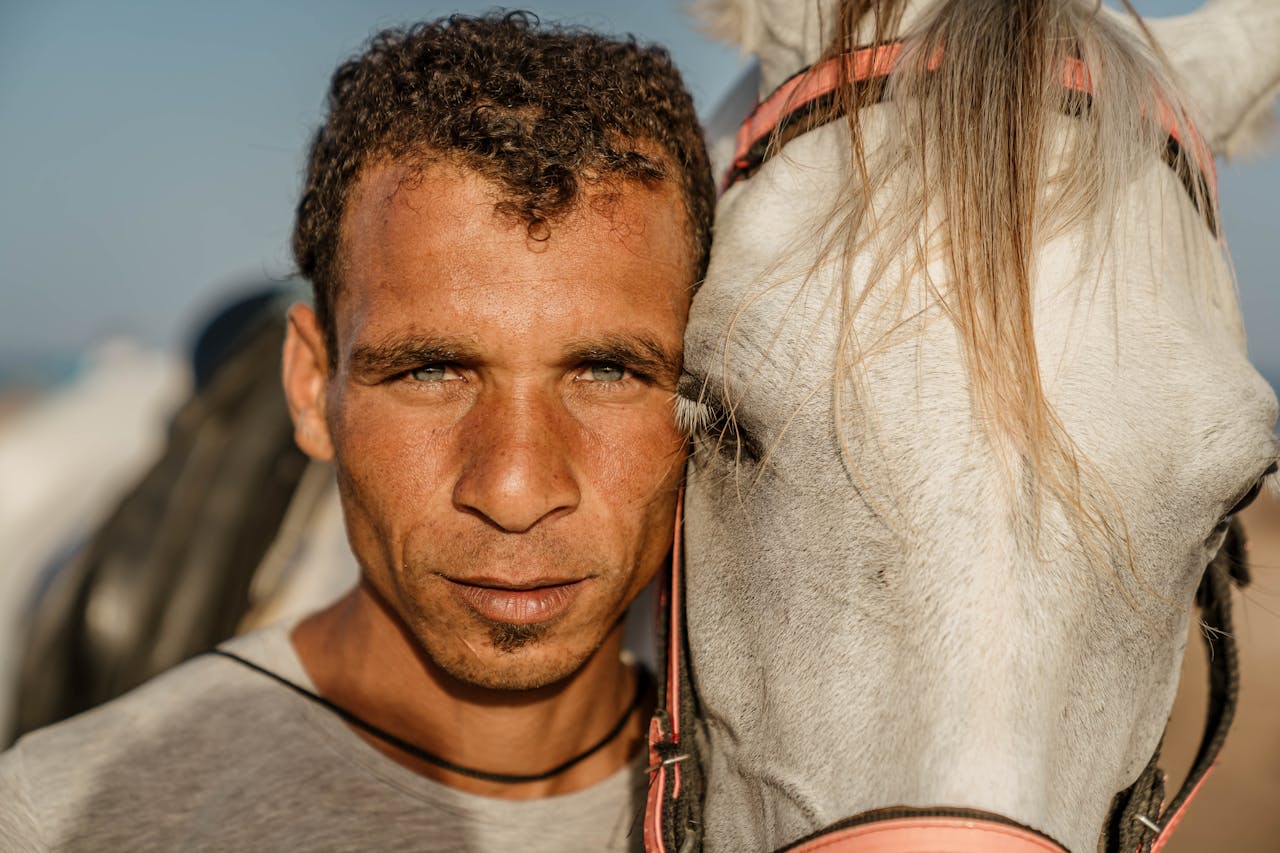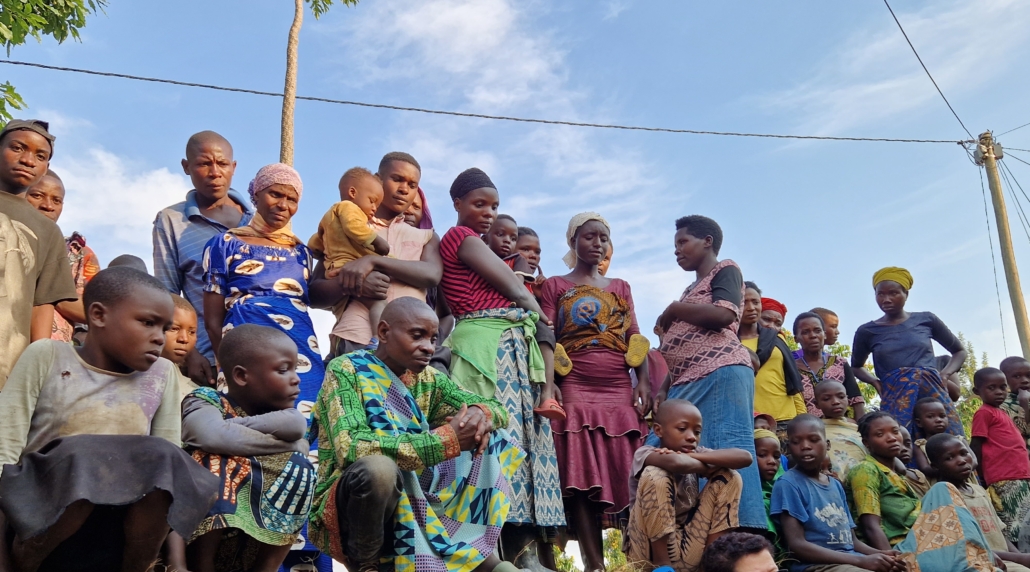 The Republic of Rwanda, colloquially referred to as the Land of a Thousand Hills, is a small nation situated to the east of the Democratic Republic of Congo (DRC). Comparable in size to the state of Massachusetts, three main ethnic groups live in Rwanda: the Hutu, the Tutsi and the Twa. Although these groups share a common culture and language, people have sustained historical tensions, most tragically culminating in the 1994 genocide that significantly shaped the country’s identity. Rwandan officials and the United Nations have made remarkable efforts to alleviate the deep-rooted poverty in Rwanda that these tragic events exacerbated. Nevertheless, challenges remain, with approximately 38.6% of the population living below the poverty line.
The Republic of Rwanda, colloquially referred to as the Land of a Thousand Hills, is a small nation situated to the east of the Democratic Republic of Congo (DRC). Comparable in size to the state of Massachusetts, three main ethnic groups live in Rwanda: the Hutu, the Tutsi and the Twa. Although these groups share a common culture and language, people have sustained historical tensions, most tragically culminating in the 1994 genocide that significantly shaped the country’s identity. Rwandan officials and the United Nations have made remarkable efforts to alleviate the deep-rooted poverty in Rwanda that these tragic events exacerbated. Nevertheless, challenges remain, with approximately 38.6% of the population living below the poverty line.
Land Scarcity
In a country where 82% of the population resides in rural areas and 62% of the workforce is employed in agriculture, land scarcity is a significant issue and exacerbates poverty in Rwanda. Since the 1940s, the Rwandan population has increased almost sevenfold; now, with 525 people per square kilometer, Rwanda is the most densely populated country in Africa. The average farm size in Rwanda is a mere 0.4 hectares, which is far too small to sustain a single family, resulting in challenges to food security and livelihood sustainability.
Consequently, as the population continues to boom in size, the struggle for arable land intensifies, contributing to a cycle of land degradation and increased rural poverty. For instance, overploughing and soil erosion has degraded 45% of Rwandan land. Policymakers have urgently needed to address the scarcity of arable land in Rwanda, who have launched initiatives to reduce these intertwined social and economic issues. Government responses have included encouraging farmers to merge plots and increase productivity, which inheritance laws have hindered; promoting high-yield crops like maize on smaller plots of land; and implementing anti-erosion projects to restore soil fertility.
The Link Between Chronic Malnutrition and Poverty in Rwanda
Intrinsically linked to overpopulation and land scarcity, chronic malnutrition is another defining cause of poverty in Rwanda. Approximately one-fifth of Rwandan households experience severe food shortages, perpetuating a cycle of diets that are deficient in essential nutrients. Subsequently, more than 60% of Rwandan children rely on a starch-based diet, causing them to be small, underweight and chronically malnourished, with the average life expectancy being less than 70 years old. As a result, Rwandan children, particularly in rural areas of the Western provinces, suffer from stunted growth. The stunting rate in Rwanda has declined from 44% in 2010 to 33%, which is now in line with the average for Sub-Saharan Africa.
Governmental initiatives and NGO projects have worked to relieve the malnutrition plaguing Rwanda. Government programs include the Girinka program, which provides cows to low-income families to increase milk consumption, and the 1,000 Days program, which targets pregnant women and infants with fortified food. Meanwhile, the Global Alliance for Improved Nutrition (GAIN) has advocated for fortification policies that mandated iron and zinc in staple foods since 2016.
Changing Weather Patterns
Despite experiencing notable economic growth in recent years, Rwanda remains vulnerable to the multifaceted impacts of unpredictable weather patterns, which have substantially exacerbated existing poverty levels. Climate phenomena particularly affect the agricultural sector, a cornerstone of the Rwandan economy and the primary source of livelihood for most of its population. Erratic rainfall patterns have led to reduced crop yields. At the same time, catastrophic flooding events in 2020 destroyed more than 9,383 hectares of farmland, damaging or destroying approximately 8,143 houses and disrupting local food systems.
Moreover, changing weather patterns have intensified the prevalence of severe food insecurity and agricultural failure within the country. In the aftermath of the 2023 drought, staple food prices surged to 40.4%, further straining the economic capacity of low-income households. Notably, around 80% of Rwanda’s rural poor population relies heavily on rain-fed agriculture. Thus, weather shocks push them deeper into the cycle of poverty. While people have admirably made climate resilience, with the Green Climate Fund pledging $39.1 million for Rwandan adaptation projects, without global aid, it is the most vulnerable who will continue to bear the brunt as drastic weather changes exacerbate poverty in Rwanda.
Future of Poverty in Rwanda
While the Rwandan government, with the aid of various NGOs and global organizations, have made a remarkable effort to reduce poverty in Rwanda, it is still prevalent. The road ahead demands local empowerment and international solidarity. While Rwandan progress has been commendable, lasting progress necessitates scaling up climate-smart agriculture, strengthening safety nets and global investment to bolster grassroots activism, initiatives and infrastructure. Poverty in Rwanda is not inevitable, and with continued collaborative innovation, the struggles of today can become opportunities of the future.
– Emilia Bartle
Emilia is based in Watford, UK and focuses on Good News and Politics for The Borgen Project.
Photo: Wikipedia Commons
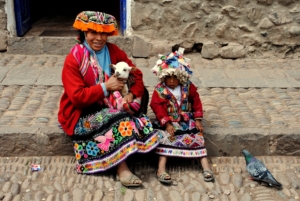


 The Democratic Republic of the Congo (
The Democratic Republic of the Congo (
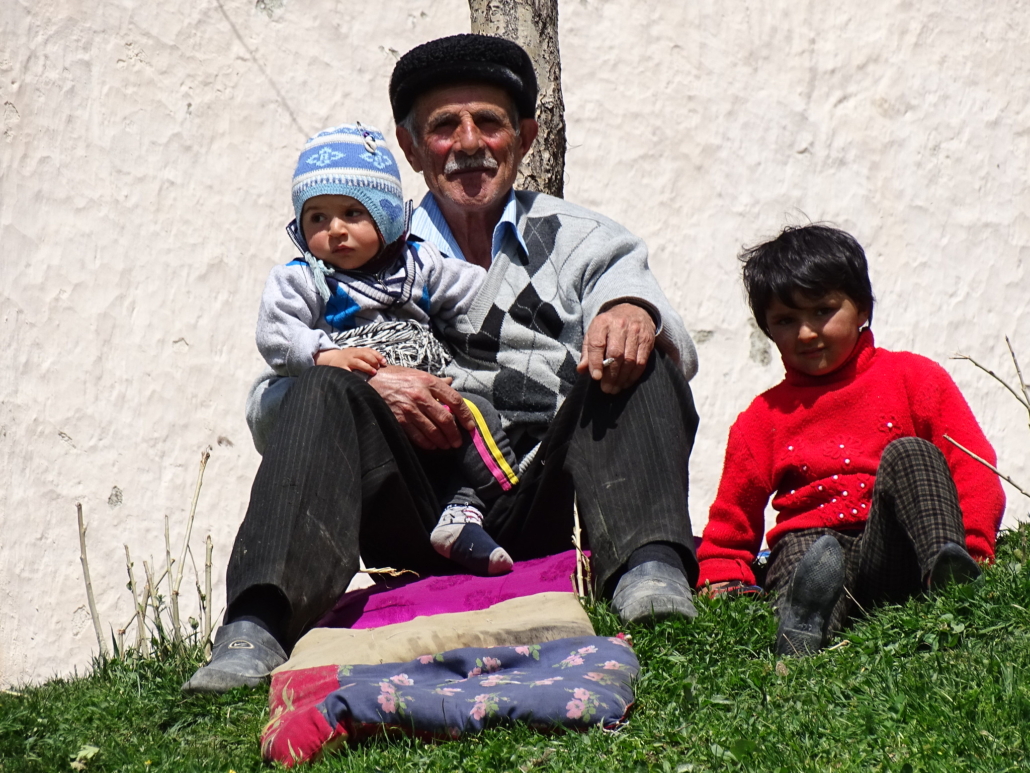
 The United Kingdom’s (U.K.) foreign aid budget and international policies continue to shift, sparking concerns about their impact on global poverty alleviation. The government has committed to maintaining aid
The United Kingdom’s (U.K.) foreign aid budget and international policies continue to shift, sparking concerns about their impact on global poverty alleviation. The government has committed to maintaining aid 